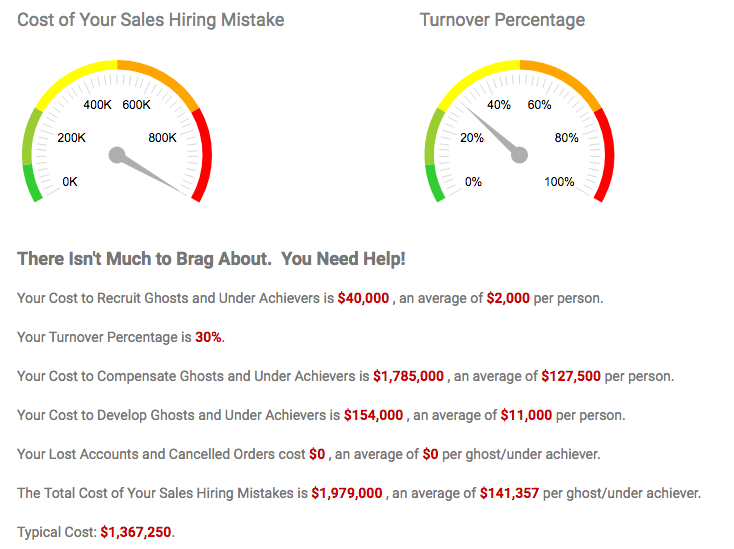.jpg?width=3000&name=adult-american-analyzing-1059111%20(1).jpg)
In 2008, I posted two blogs covering 14 of the 21 core competencies identified by the Objective Management Group Sales Person Assessment. Between then and now, much has taken place that I've written about, and as I fly from Atlanta to Portland, Oregon, I have some time to write about the remaining 7 core competencies. I know that you've been waiting with baited breath.
1. Establishes early bonding and rapport: The ability to quickly establish confidence and trust in the first meeting, rather than taking several meetings to develop a strong relationship.
2. Uncovers actual budgets: The skill and the consistency in knowing what the investment parameters are going to be so that you eliminate money, time or resource objections at time of presentation.
3. Discovers why prospects will buy: As elementary as this sounds, most sales people do not find out exactly "why" a prospect will buy. They know what is important, they have an idea of what a prospect will consider or look at, but that is entirely different than knowing exactly why someone will buy. You know that you have this competency when you get decisions instead of "think it overs".
4. Qualifies proposals and quotes. Those that have this competency and execute it consistently will make sure that they will get a decision or, at a minimum, a very clear future once they present. Those with this competency only make proposals and quotes when they know that the prospect is committed to buying.
5. Gets commitments and decisions: This competency manifests itself prior to making presentations. It needs to happen once you have uncovered the compelling reasons someone will buy, you have their commitment to buy, you know the budget issues and you know that you are talking to the decision maker(s). Once these items have been covered, a great sales person simply asks the prospect to make a decision, yes or no, when the presentation is completed. More importantly, they make the commitment to decide stick.
6. Possesses a strong desire for success in selling: this is defined as being passionate about your success. It is someone that enjoys selling. Someone with the appropriate desire is someone that looks forward to generating new relationships and is passionate about pursuing and achieving their goals and the goals of the company. They don't just set goals; they achieve them.
7. Commits to succeed in selling: I have identified three types of commitment: 1) WIT: Whatever it Takes. 2) WITALAIITU: Whatever it Takes as Long as it Isn't Too Uncomfortable. 3) Coast to Coast: When they are just going through the motions and coast from the beginning of the day to the end of the day. However, there is only one level of commitment that contributes to extraordinary success: WIT.
Think about these 7 core competencies and how they relate to your ability to execute an effective sales process. These 7, along with the other 14, should be considered the "root causes" of your sales issues. If you are to continue your improvement in sales, then you might consider working at the correct end of your problems: Theses 21 core competencies of selling.



